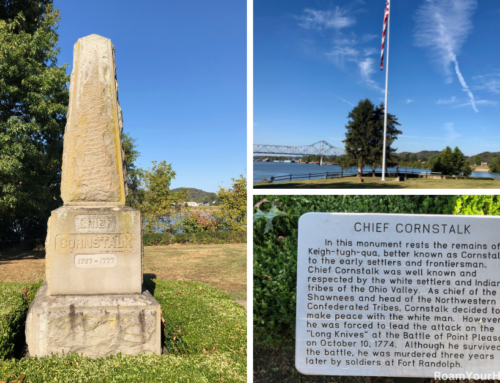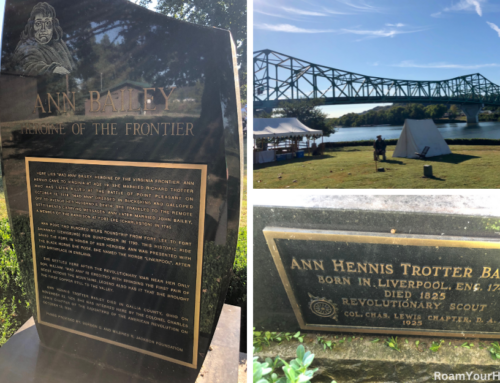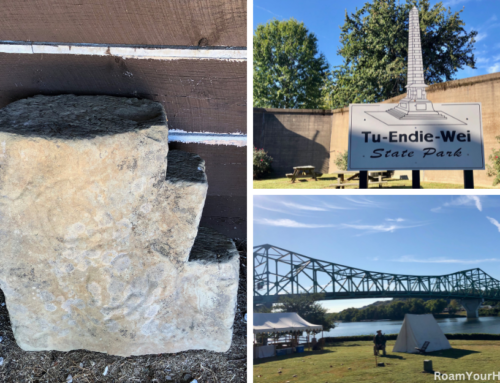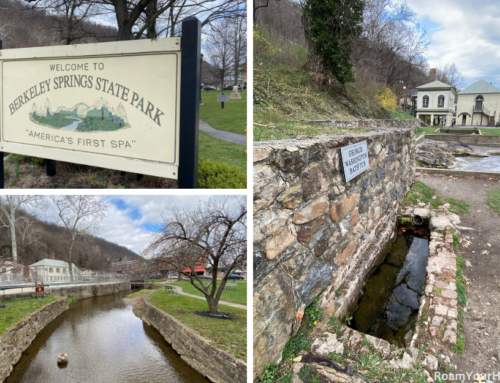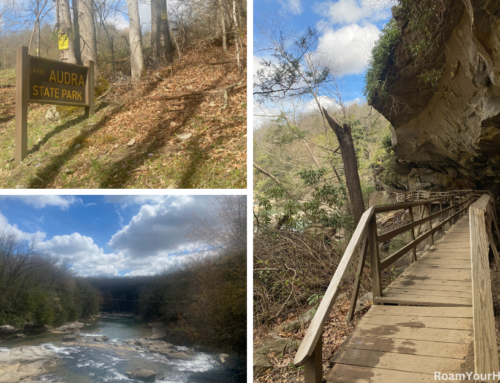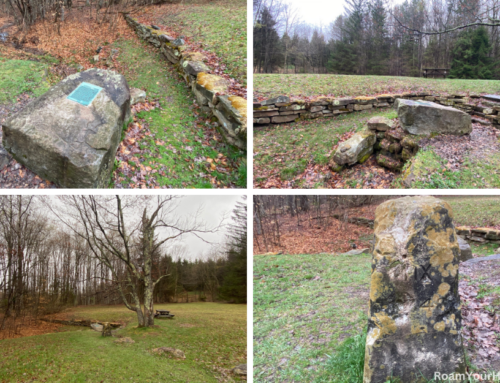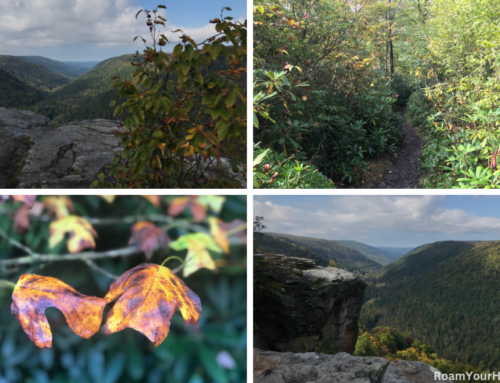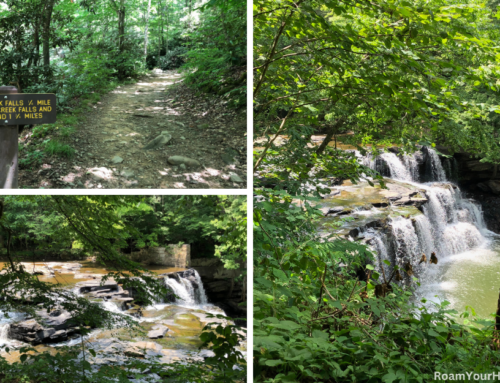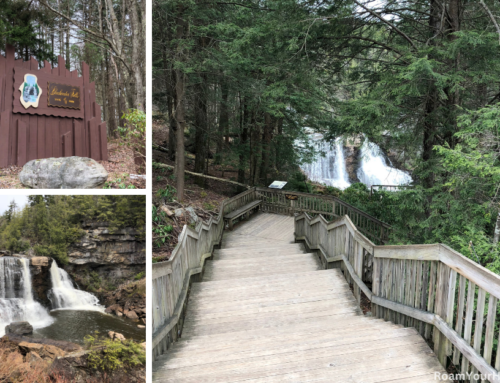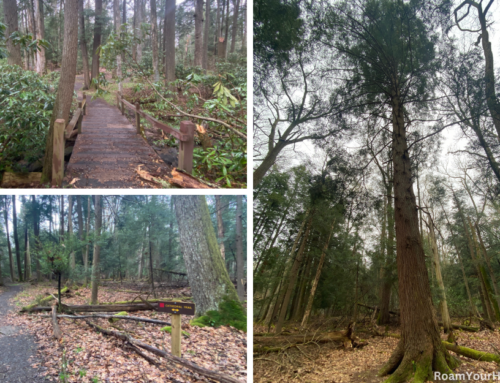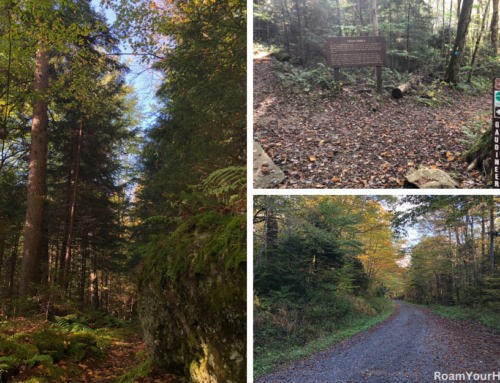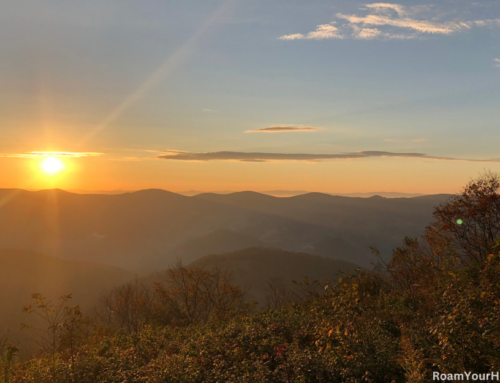
Tu-Endie-Wei State Park: Where History and Rivers Meet
Tu-Endie-Wei State Park is at the confluence of the Kanawha and Ohio Rivers in Point Pleasant, West Virginia. The park preserves a pivotal moment in American history. Despite its modest size of just four acres, this park offers visitors a rich tapestry of historical significance and scenic beauty.
The Battle of Point Pleasant at Tu-Endie-Wei State Park
“Tu-Endie-Wei” originates from the Wyandotte language and means “the point between two waters,” aptly describing the park’s strategic location. This site commemorates the Battle of Point Pleasant, fought on October 10, 1774, between Virginia militiamen and Shawnee and Mingo forces led by Shawnee Chief Cornstalk.
Colonel Andrew Lewis led 1,100 Virginia militiamen into the Ohio River Valley to enforce the terms of the 1768 Treaty of Fort Stanwix, which established a Line of Property following the Ohio River. The terms ceded the Kentucky portion of the Virginia Colony to the British Crown and most of what is now West Virginia.
Chief Cornstalk and the Shawnee did not participate in the treaty negotiations and were unwilling to surrender their lands south of the Ohio River without a fight.
The Indian warriors attacked the militia where the Kanawha and Ohio Rivers meet, hoping to trap them along a bluff. The battle lasted one long and bloody day. When the dust settled, the militia had decisively defeated Cornstalk and his Warriors. In the end, 230 Indians were killed or wounded, and more than 50 Virginians had lost their lives.
Among the dead were Colonel Charles Lewis, brother of the commanding officer, and Pucksinwah, the father of Tecumseh, who was 6 years old at the time of battle. Tecumseh would become a famous and feared Shawnee chief and warrior.
Many historians argue that this battle, the first of the American Revolutionary War, helped prevent an alliance between the British and Native Americans that led to the War of Independence.
Visiting Tu-Endie-Wei State Park
We visited the park on an early fall morning. As luck would have it, on the day we visited, they happened to be doing living history demonstrations! There were dozens of folks dressed up in period clothing, getting ready for a reenactment of the battle later that afternoon.
At the park’s heart stands an imposing 84-foot granite obelisk battle monument erected to honor the frontiersmen who perished in the Battle of Point Pleasant. Various markers and memorials surround this central monument.
The Magazine Memorial
A small memorial where the magazine was located honors the militiamen buried in the magazine the following day after the battle.

“Mad” Ann Bailey’s Grave – The Heroine of the Frontier
“Mad” Ann Bailey’s grave and memorial are on the park property. Bailey’s husband, Richard Trotter, died during the Battle of Point Pleasant. Heartbroken over the death of her husband, she would become a courier, spy, Indian fighter, and scout during the Revolutionary War and beyond. In 1790, she famously traveled 200 miles to secure gunpowder for a fort, facing attack from Indians. She is credited with saving Fort Lee.
Water Panther Stone Petroglyph
Tu-Endie-Wei State Park is also home to an incredible piece of Native American Rock Art. The Water Panther Stone is on the park property. It is believed to have been a Shawnee altar stone made by the Water Panther Clan, Chief Cornstalk’s Clan. The petroglyph stone was found nearby in Leon, West Virginia, at 10-Mile Creek.

The Mansion House Museum
The Mansion House, constructed in 1796, adds to the park’s historical allure. Originally a tavern, this log structure now operates as a museum managed by the Daughters of the American Revolution. Visitors can explore a collection of 18th-century artifacts, including period furniture and battle relics, offering a tangible connection to the past.
We enjoyed checking out the museum. Plenty of arrowheads were on display, a 1773 newspaper with an advertisement from George Washington looking to lease twenty thousand acres, and a campaign flag from President William Harrison. The flag has his famous slogan on it, Tippecanoe and Tyler Too.

Chief Cornstalk’s Grave
The final resting place of Shawnee Chief Keigh-tugh-qua, better known as Cornstalk, is also on the grounds of Tu-Endie-Wei State Park. Chief Cornstalk survived the defeat of the Battle of Point Pleasant but would be murdered by American soldiers three years later on the same land as the battle. His murder sparked the legend of the Curse of Chief Cornstalk.
Visitor Experience
Tu-Endie-Wei State Park is a day-use park, welcoming guests year-round to immerse themselves in its historical ambiance and picturesque river views. While the park doesn’t offer overnight accommodations, the nearby town of Point Pleasant has plenty of hotels and restaurants. The Mansion House Museum operates seasonally, typically from May 1 through the first weekend of October, with guided tours available.
Exploring Point Pleasant
Beyond the park’s boundaries, Point Pleasant boasts a charming downtown area with boutique shops, local eateries, and additional historical sites. The town’s rich heritage and welcoming atmosphere make it a delightful complement to your visit to Tu-Endie-Wei State Park.

